/https://storage.googleapis.com/s3-autonomous-upgrade-3/static/upload/images/new_post/how-to-adjust-an-office-chair-when-you-are-short-and-petite-1182.jpg)
How to Adjust an Office Chair When You are Short and Petite
If you’re a short person under 5-foot-3, you know that a lot of the world isn’t built for you. At home, cabinets can be too high to reach, and chairs and desks at the office can feel like they’re designed for a giant. Most of the office chairs are meant for the 5th to 95th percentile of the population, meaning those who are at least 5-foot-4-inches tall. This leaves about 4 million office workers uncomfortable, with their feet dangling off their chairs. Because you spend much of your days sitting, this discomfort can turn into back and neck pain.
Fortunately, here are some tips on how petite workers can battle nonadjustable office desks and too-big office chairs to make their office comfortable.
1. Sit on Your Office Chair as if on a Horse
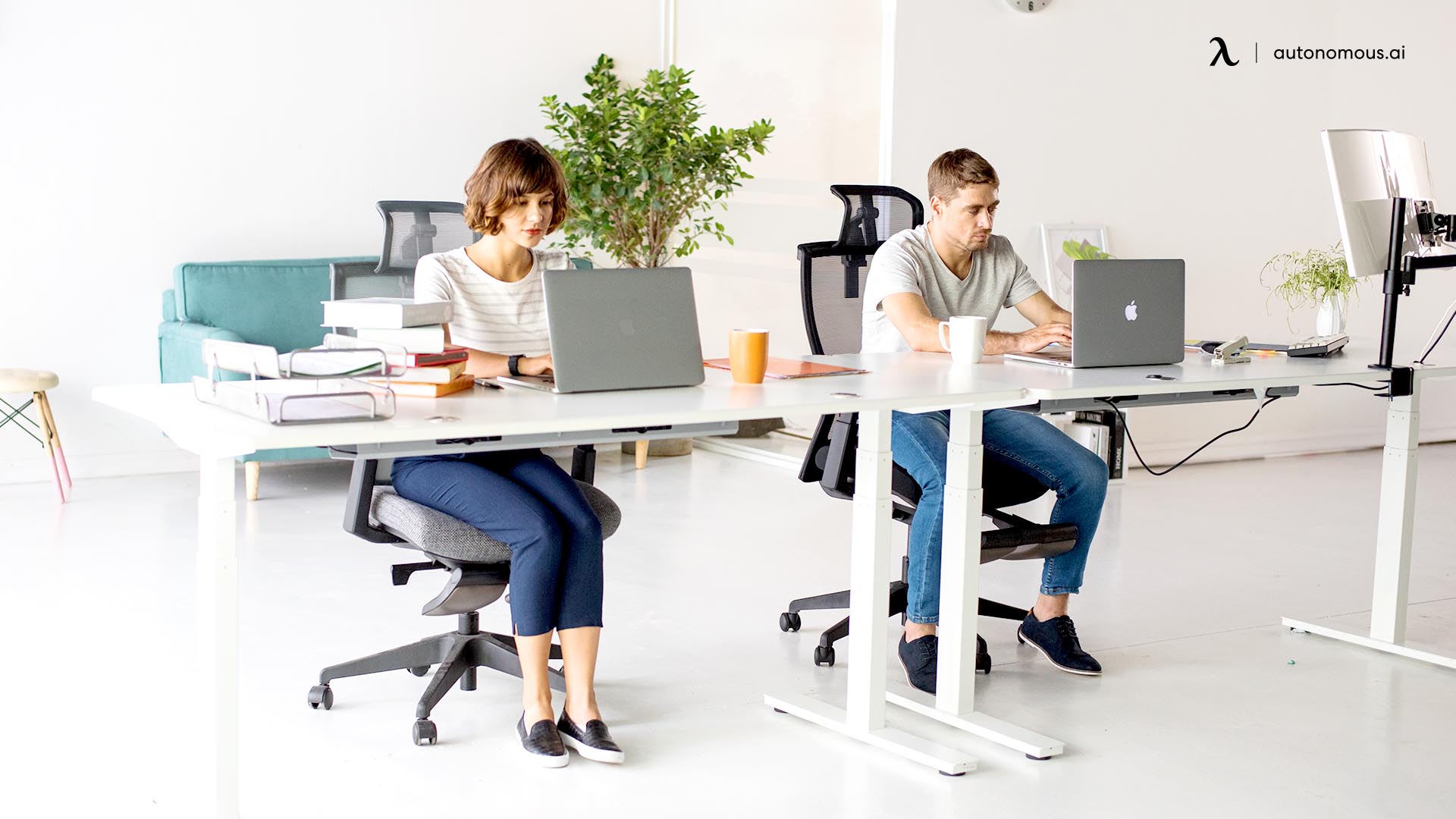
Back and neck pain comes from sitting poorly. Because, for example, when you sit at the computer your lower body becomes passive. This slumped posture can activate a chain reaction of pain. Your pelvis slacks when you sit passively, applying pressure on your spine, which exerts extra pressure on your neck.
Thus, sit in a way that wakes up your lower body. Saddle sitting can help keep your lower body awake. This entails positioning your chair high like you’re on a horse and planting your feet firmly on the ground—to get a dynamic alignment.
First, find a range of heights at which you can use the floor as actively as the jockey uses stirrups. The open hip angle can help your sit bones find their safe and dynamic orientation toward the floor, setting up your spine in its most functional alignment.
2. Go Easy on the Backrest
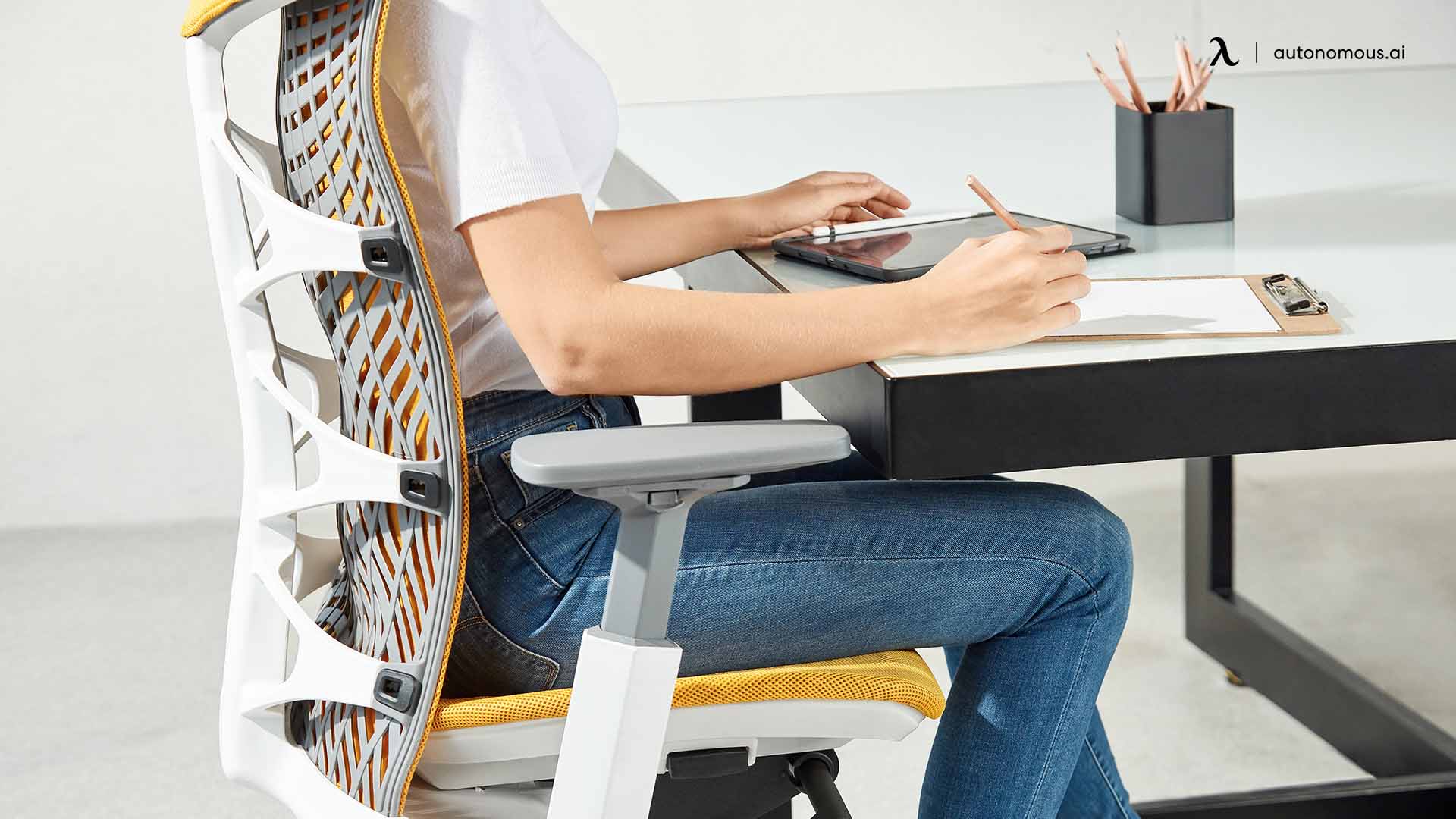
If you want to use your chair’s backrest, let it come to you. So, avoid straining yourself as you try to reach it because this will pull you out of alignment.
An office chair with a narrower seat can make this easier and can help your spine stack properly. Place a rolled-up towel or a squishy exercise ball between the backrest and your back, if you’re struggling to reach the backrest of your office chair and can’t afford to get a new chair. Do this until you find the position that feels perfect for your body.
3. Sit Forward
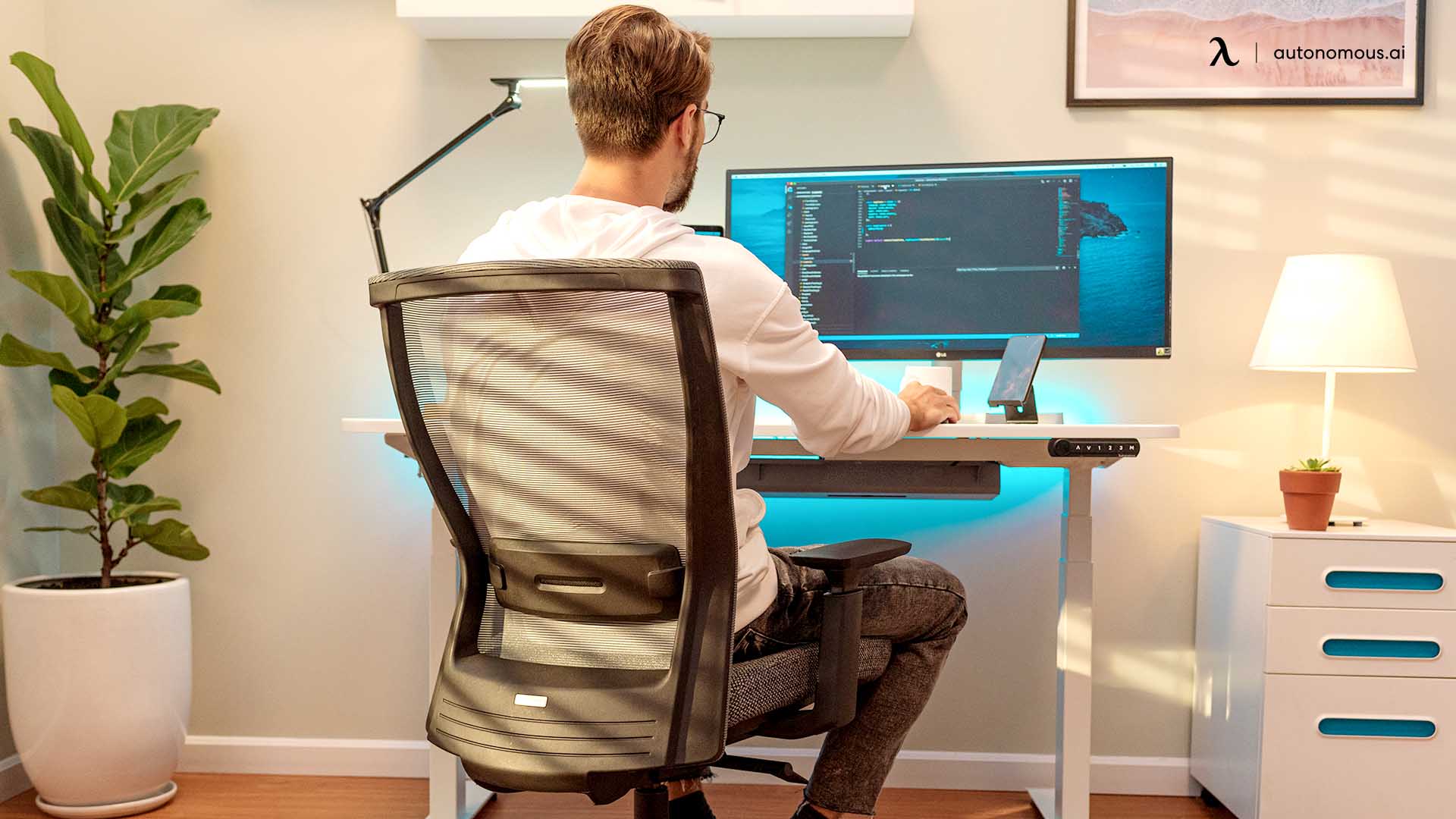
Sitting forward instead of leaning against the backrest is a brilliant hack for short people. To make this posture more comfortable, get a roll of tacky grip liner. And put it on the front edge of your office chair. This will allow your clothes to latch on it.
Alternatively, adjust your seat depth and the height of your chair before resorting to makeshift solutions. Set up your chair and adjust everything else to suit your body.
4. Plant Your Feet on the Ground Firmly
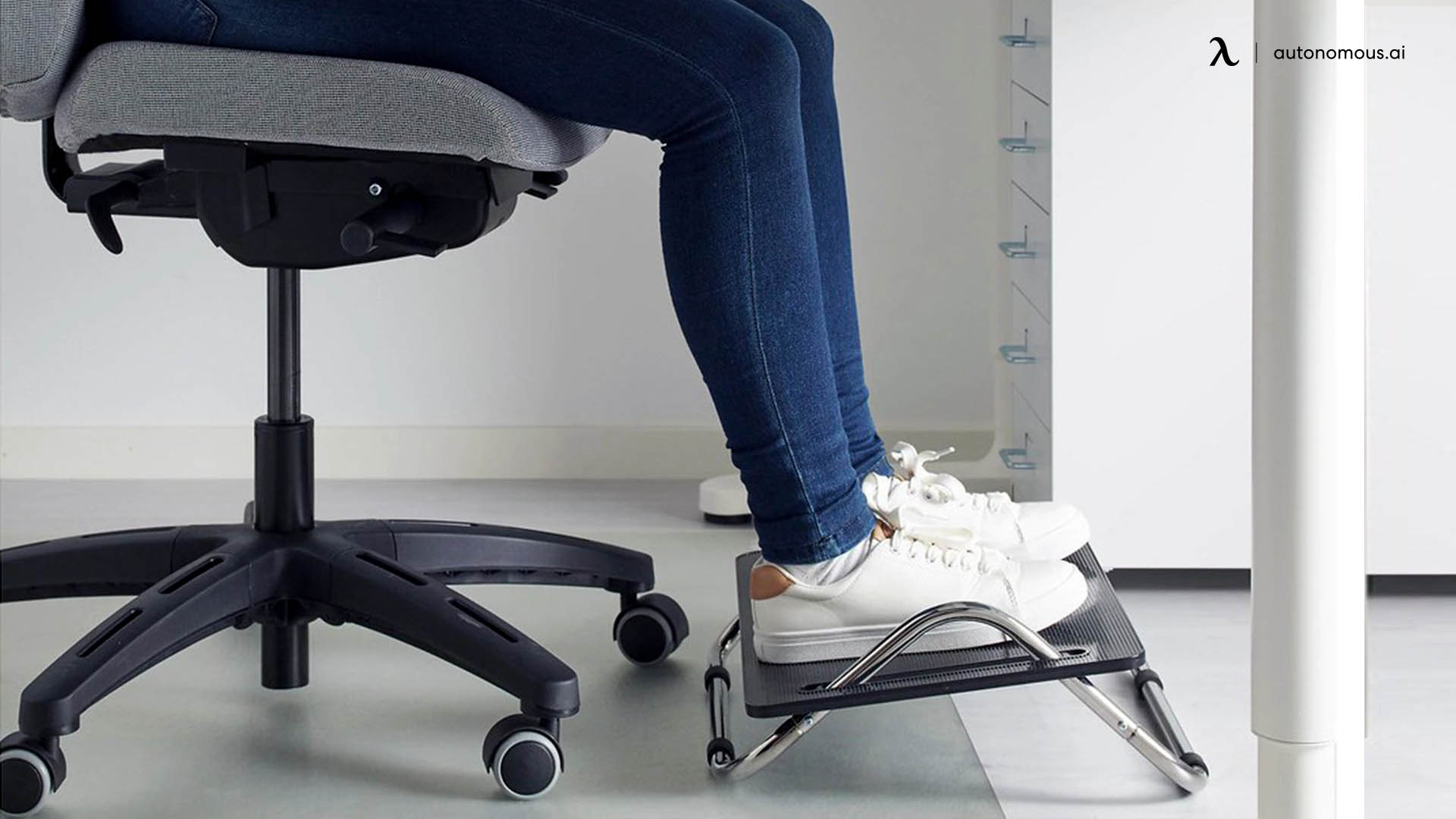
It’s crucial to keep your feet from dangling because this can cut off blood circulation to the lower extremities. A footrest can help you ease the tension in your upper body if your feet don’t reach the ground.
According to Alan Hedge, the director of Human Factors and Ergonomics Laboratory at Cornell University, footrests do much more than just offer a stable surface for your feet. Some footrests enable rocking of the feet, improving lower leg circulation.
Even makeshift solutions are better than leaving your feet dangling off the floor. Most short people tuck their feet underneath and use the base of their office chair, which is a brilliant idea because it allows the lower body to remain active.
To make this instinctive motion more comfortable, add some grip mat around the base of your office chair so that your feet can have something tacky to press into.
No matter where you rest your feet, posture matters. So, don’t just prop your legs up as if kicking back on a chair, because this will rotate your pelvis back onto your tail.
5. Don’t Force the Armrests
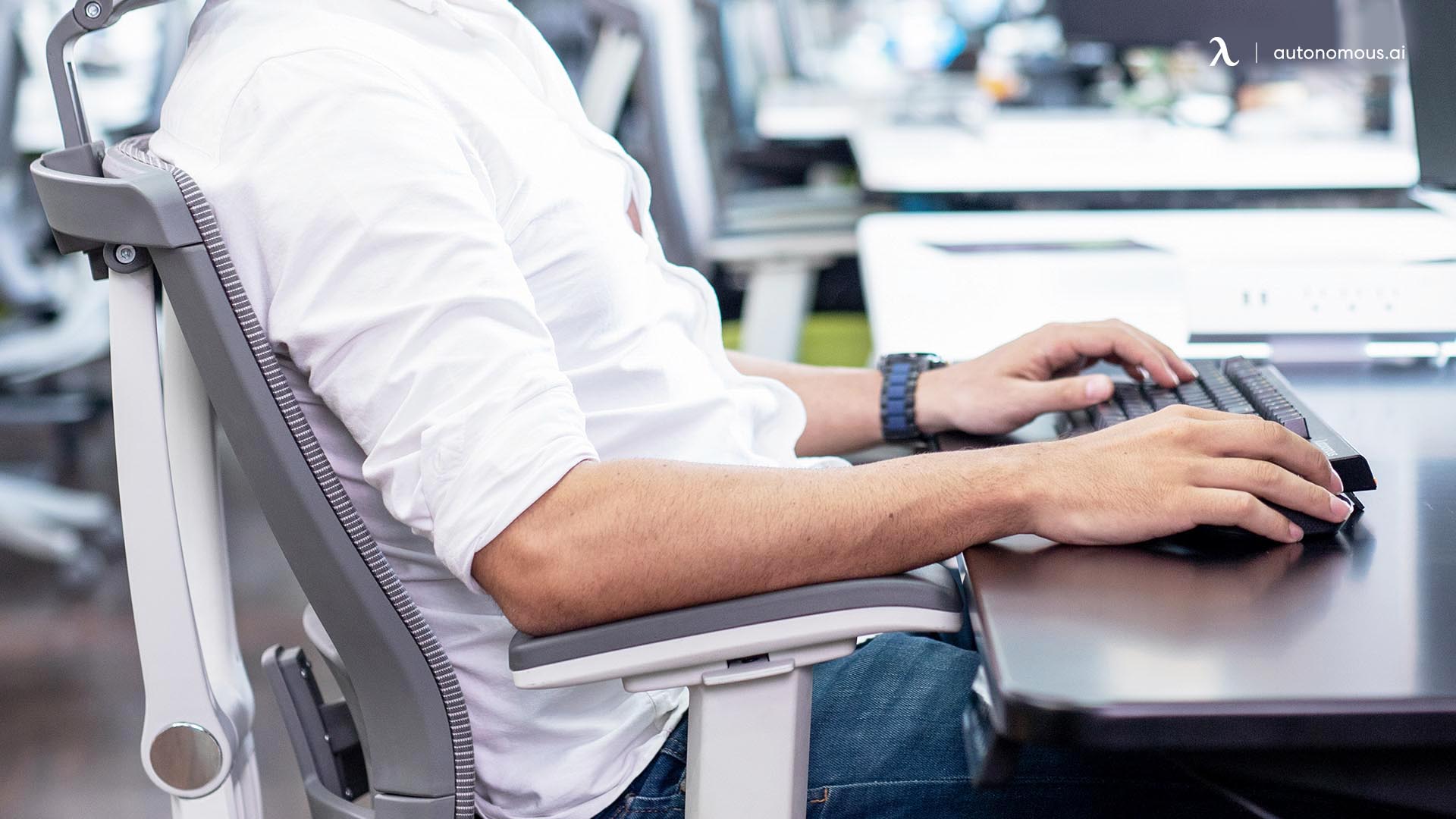
For petite people, in most cases, the armrests are too far apart. And in most cases, they’re unnecessary.
Armrests aren’t crucial to mousing or typing, but they help with getting into and out of the chair and they allow occasional resting. So, let your shoulders and hands find their way into the armrests instead of forcing your body to find the armrest.
Your shoulders should be dropped, however, petite people working at a desk have to raise their shoulders on that desk. Fortunately, a keyboard tray can help you keep your elbows at a natural height, preventing you from raising your shoulders while working.
6. Relax Your Eyes

Don’t forget to relax your eyelids. To figure out how often to relax your eyes, check in with your body, and see what parts are straining to hold their position.
Hold a piece of paper in front of your face and try to figure out the best distance for you to read the paper. After learning what your body needs, use that information to adjust where your computer screen is.
Check if your monitor height aligns with your ideal reading range and adjust the monitor height accordingly.
Alternatively, close your eyes to figure this out. With your eyes closed, nod your head up and down as if you’re saying yes, and then feel where your neck feels balanced over your head and shoulders. Once you open your eyes, that should be your working position.
7. Don’t Forget to Move
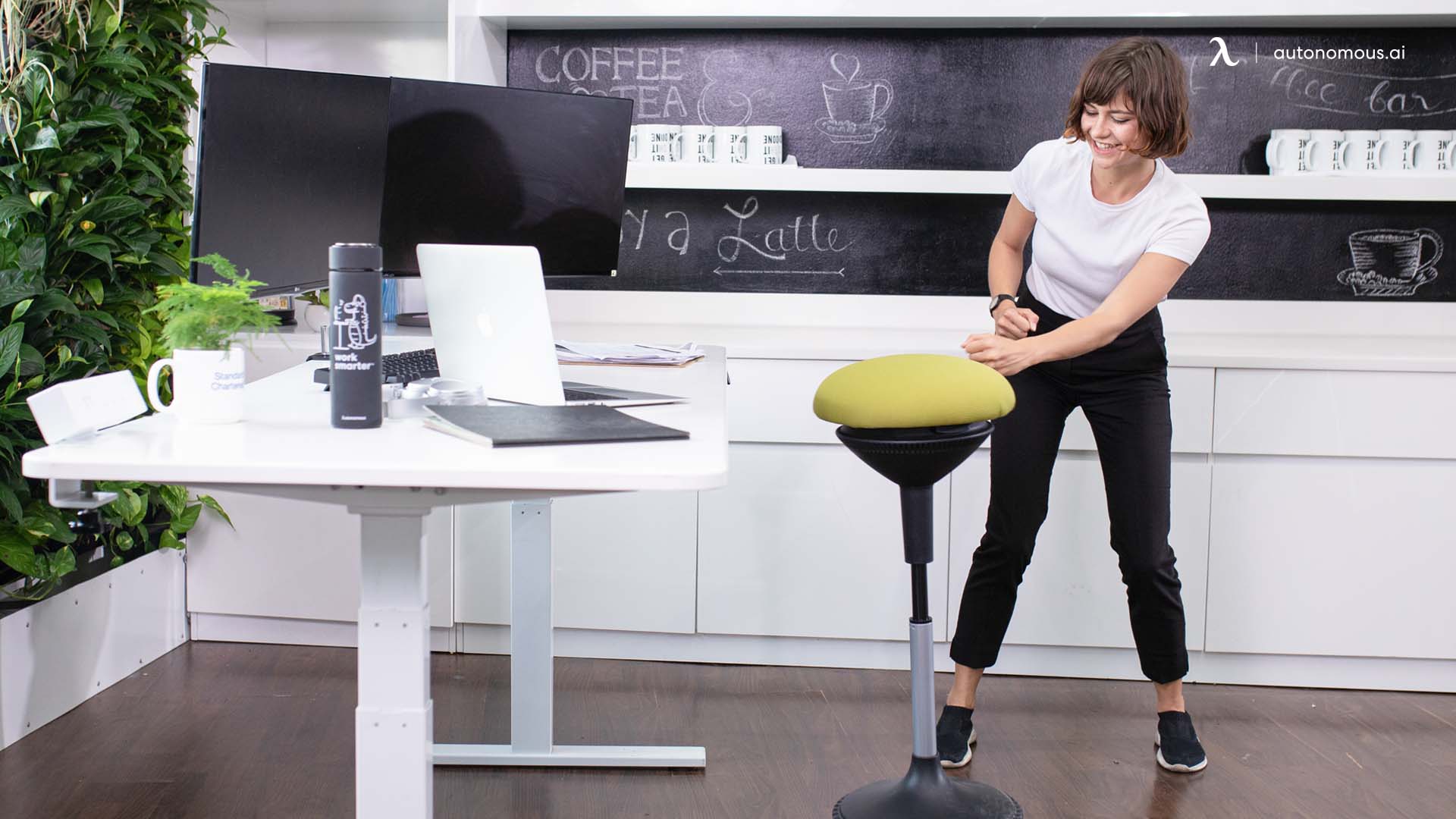
Each of the six hacks mentioned above can help make sitting more comfortable, but don’t forget to stand up and move around. An analysis of 47 articles on sedentary lifestyle found that sitting for extended periods significantly increases the risk of bad health outcomes, regardless of your physical activity.
Thus, after establishing your ergonomic setup, be glad at your good fortune, however, don’t forget to get up from your chair regularly. A study by the Annals of Internal Medicine shows that people who sit for long uninterrupted periods had an increased probability of dying during the study. The study suggests that getting up at least every 30 minutes could help.
Too much sitting is associated with an increased risk of obesity, depression, and even heart disease. So, don’t forget to get up from your office chair regularly because no position is good longer than 30 minutes.
Bleiben Sie mit uns in Verbindung!
Abonnieren Sie unsere wöchentlichen Updates, um über unsere neuesten Innovationen und Community-Neuigkeiten auf dem Laufenden zu bleiben!


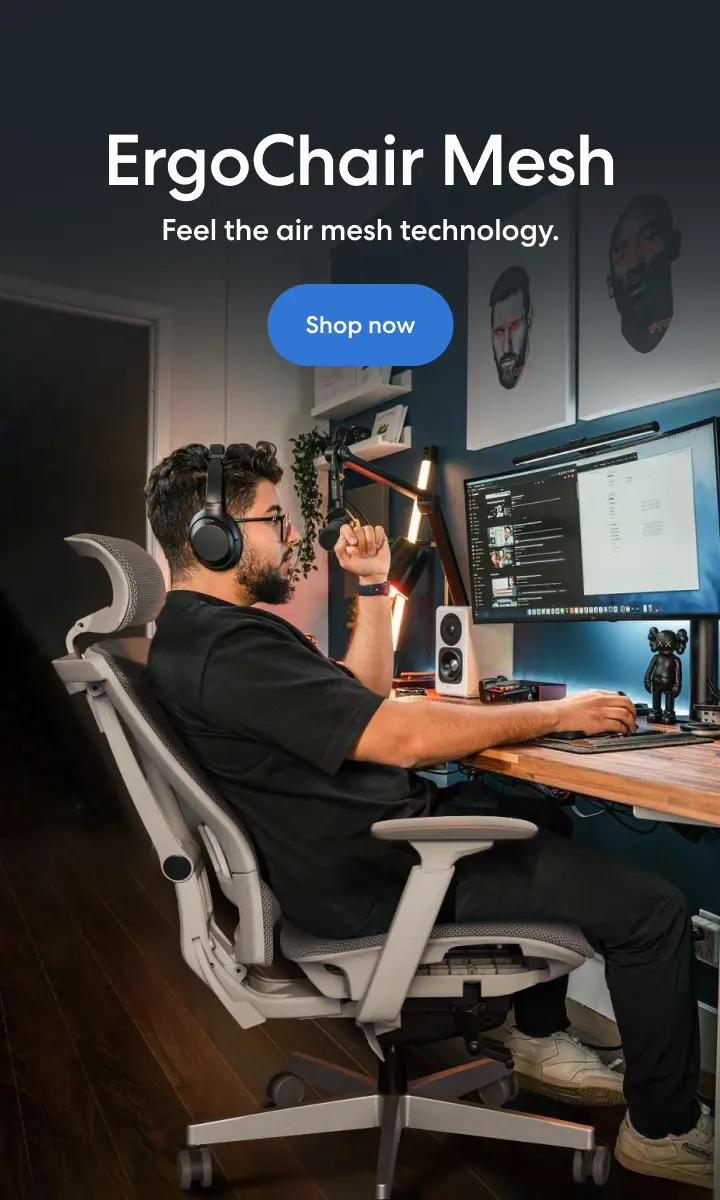
/https://storage.googleapis.com/s3-autonomous-upgrade-3/production/ecm/230914/bulk-order-sep-2023-720x1200-CTA-min.jpg)

/https://storage.googleapis.com/s3-autonomous-upgrade-3/static/upload/images/new_post_author/karen-kimonye-15.png)